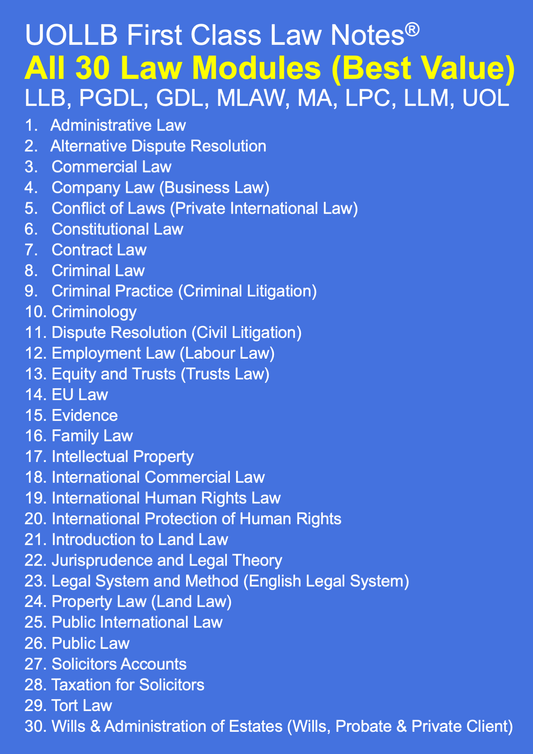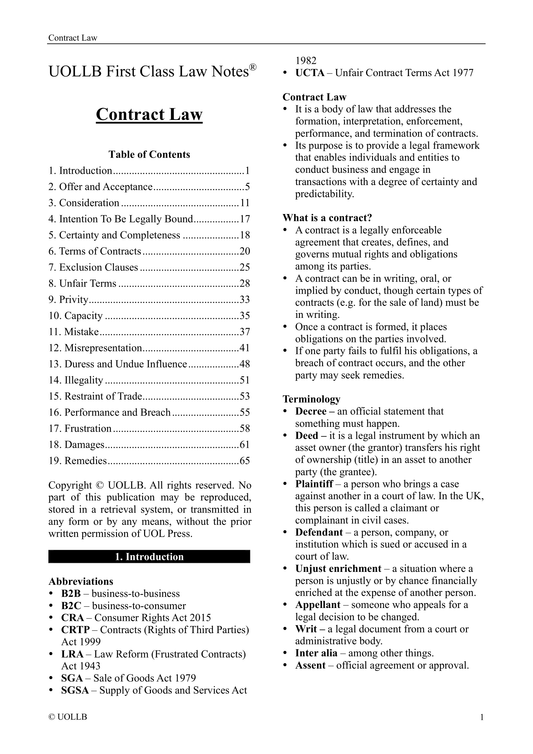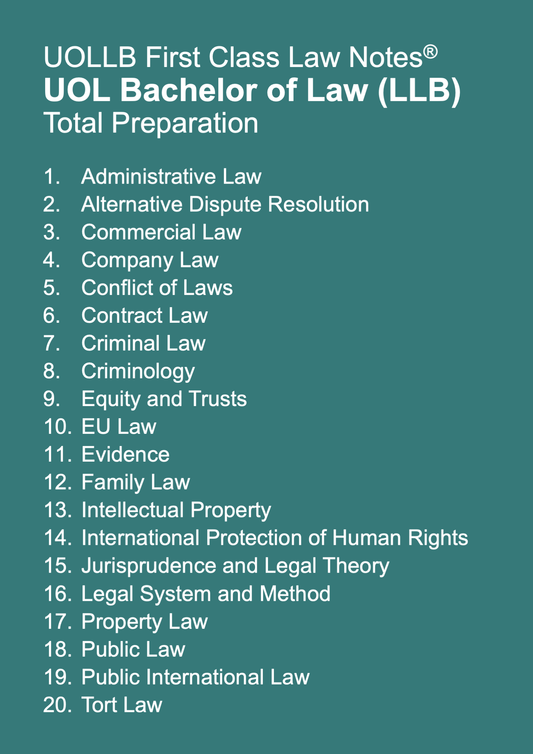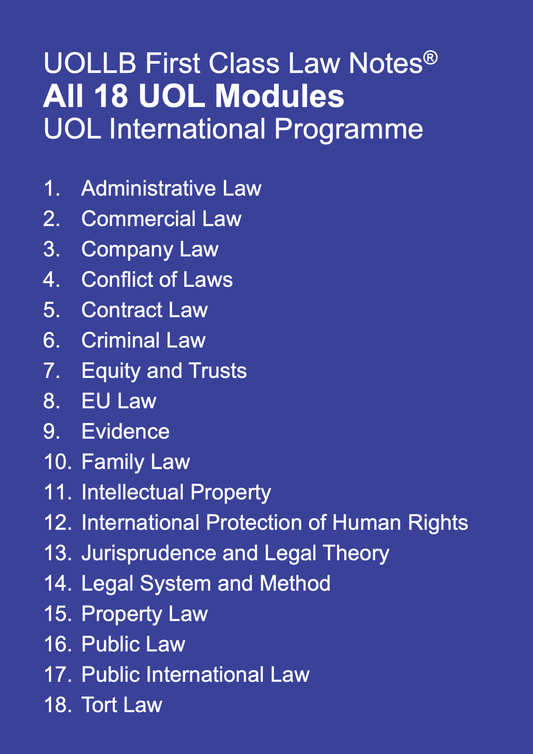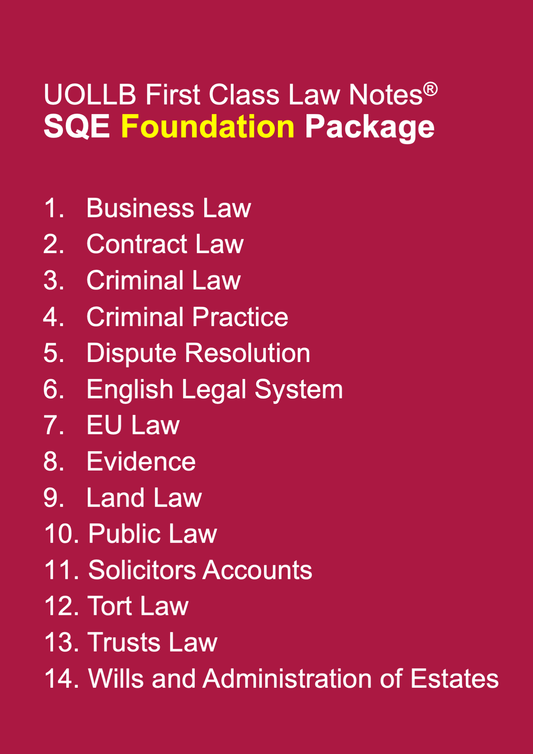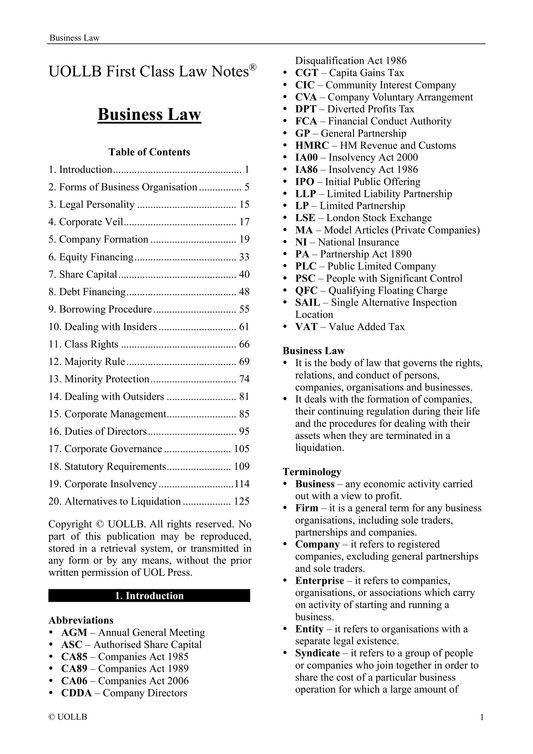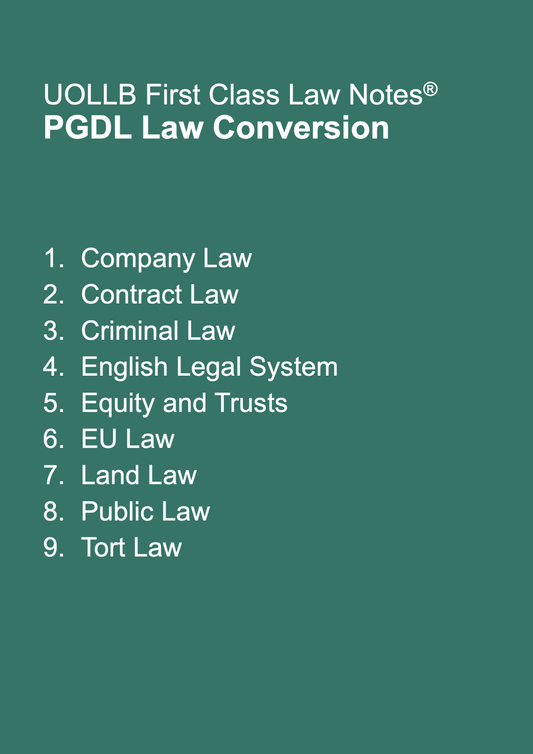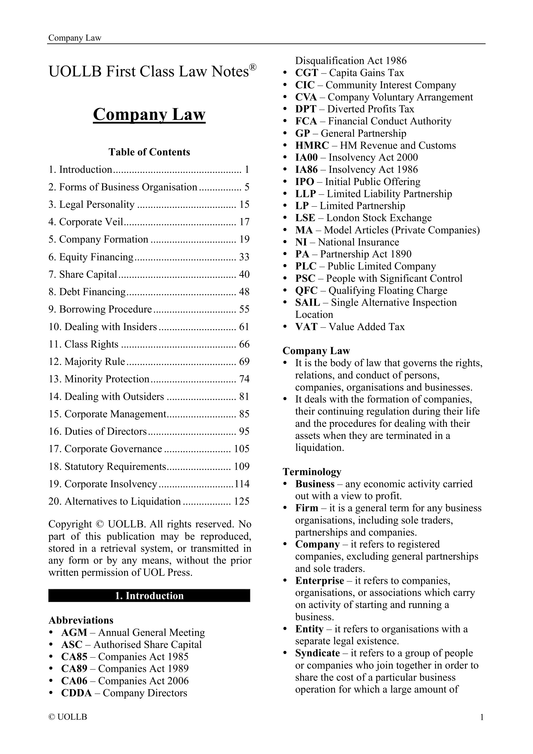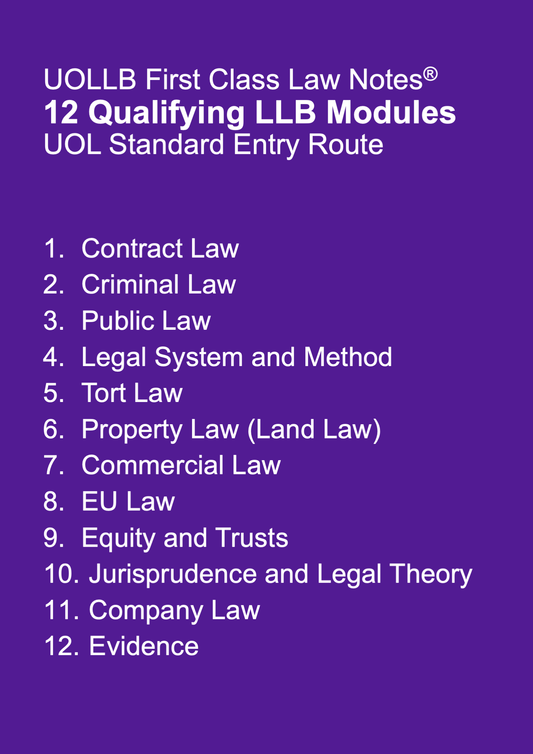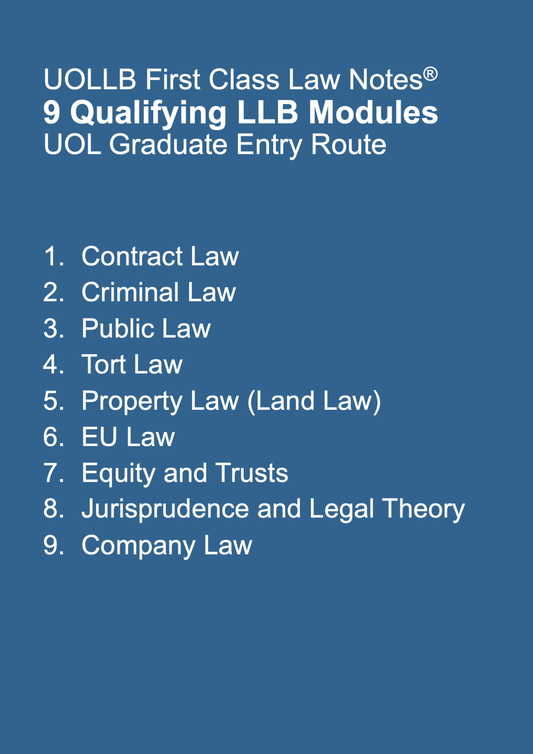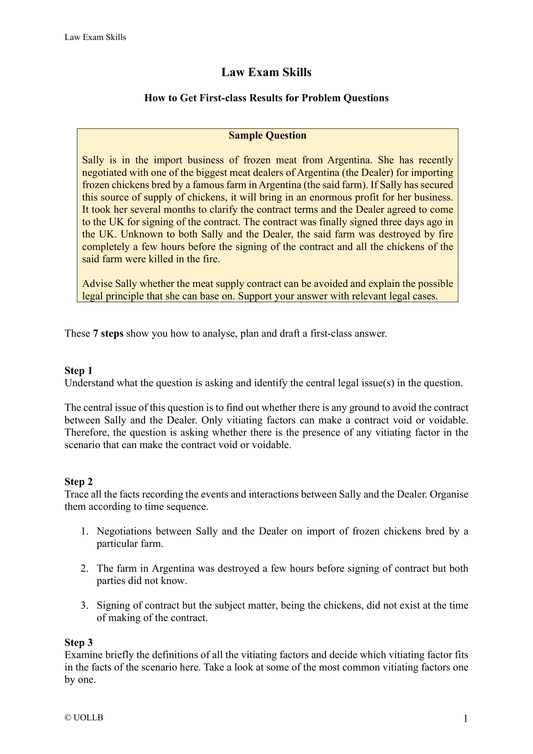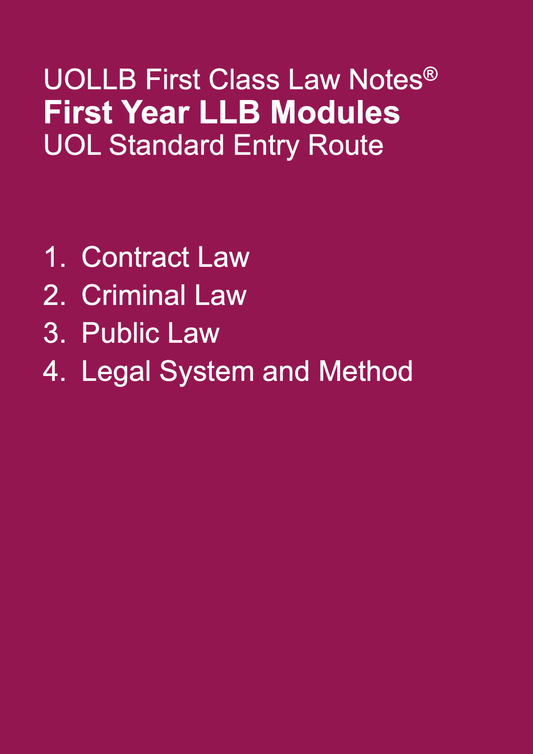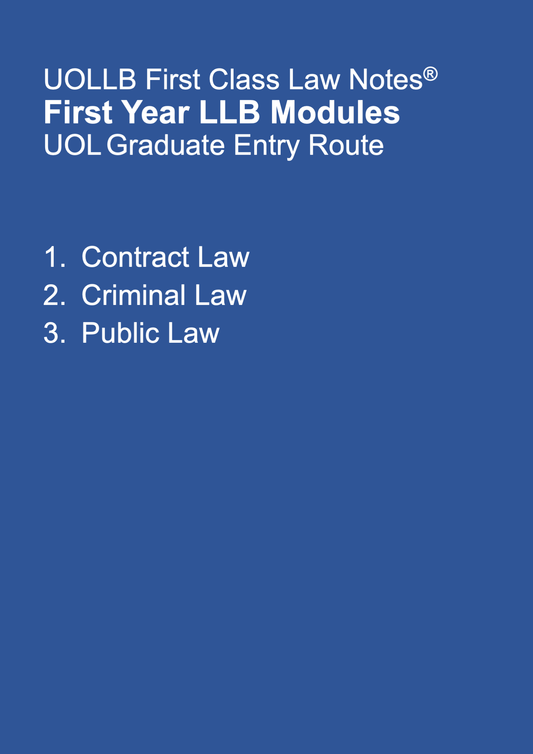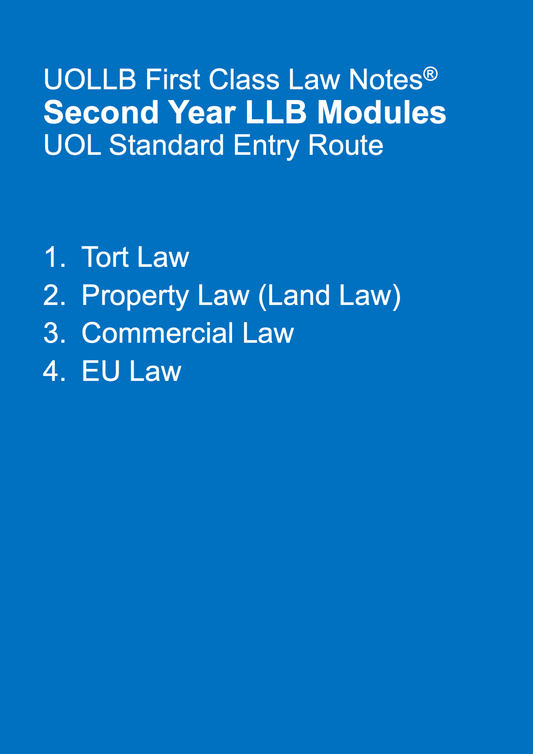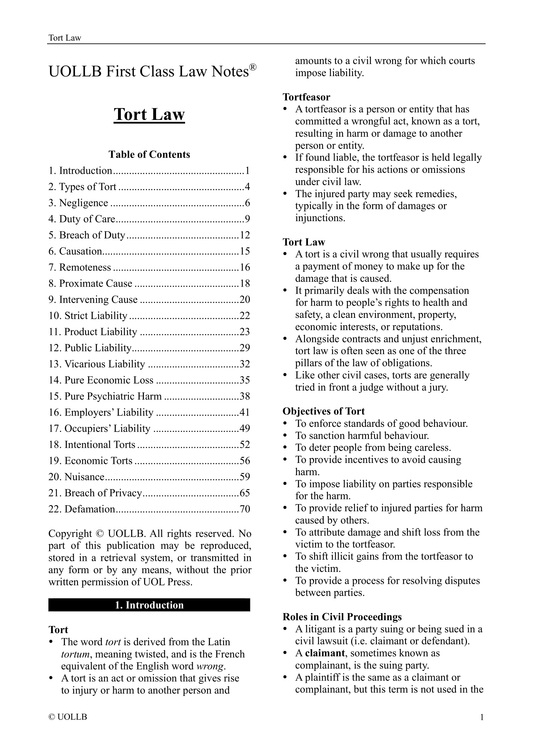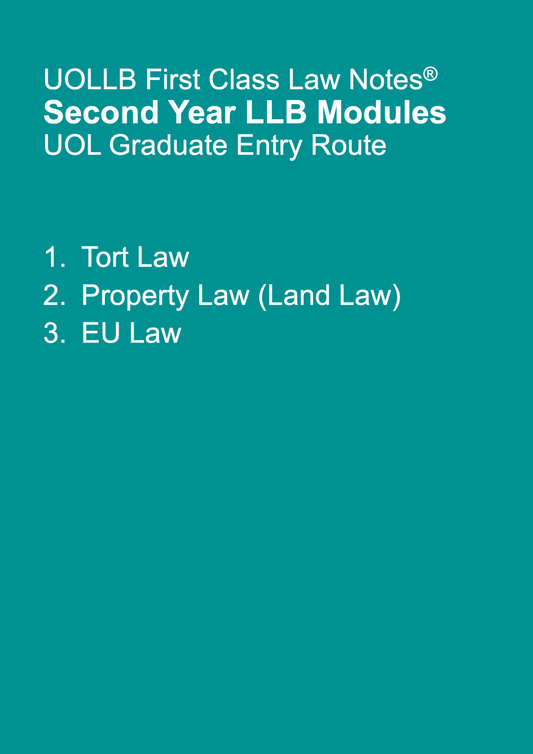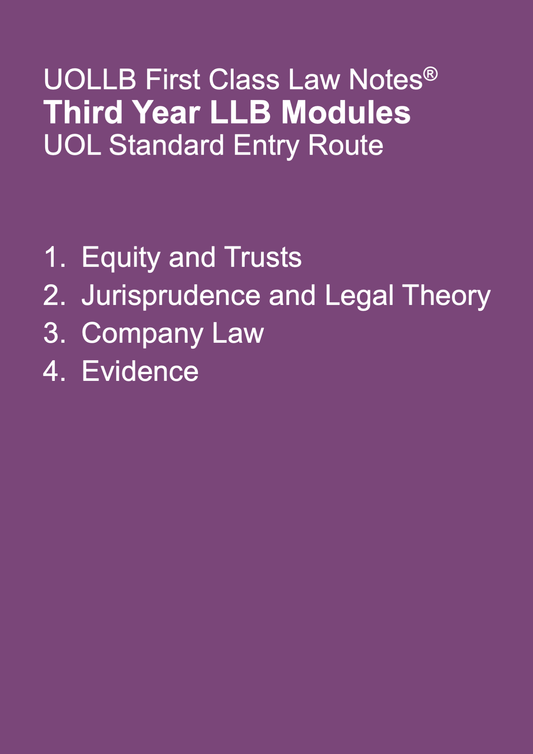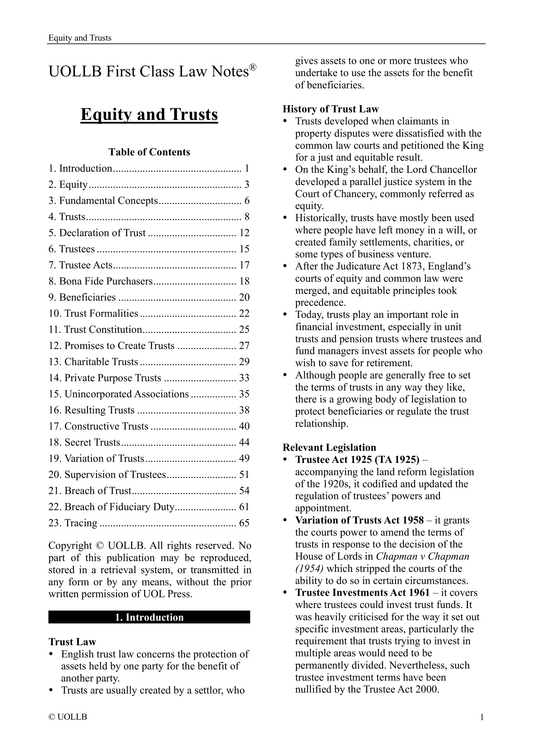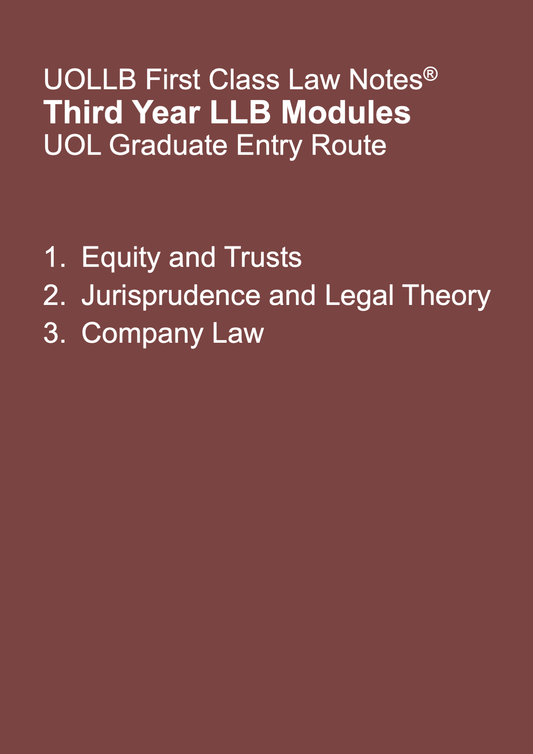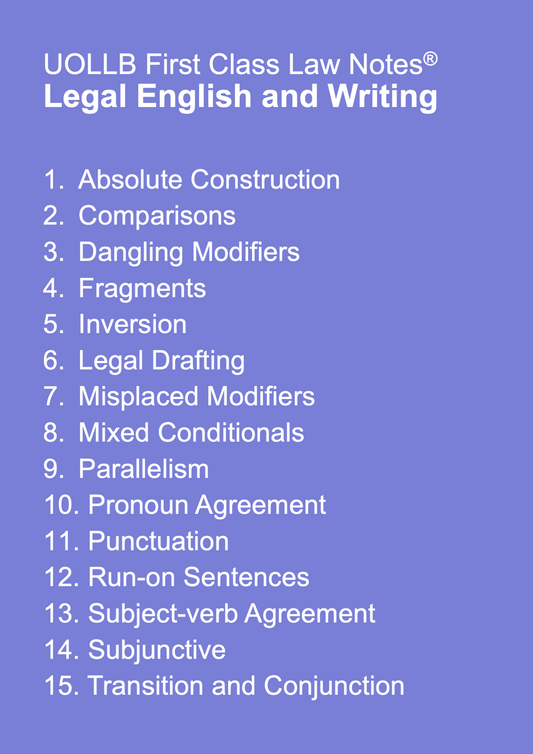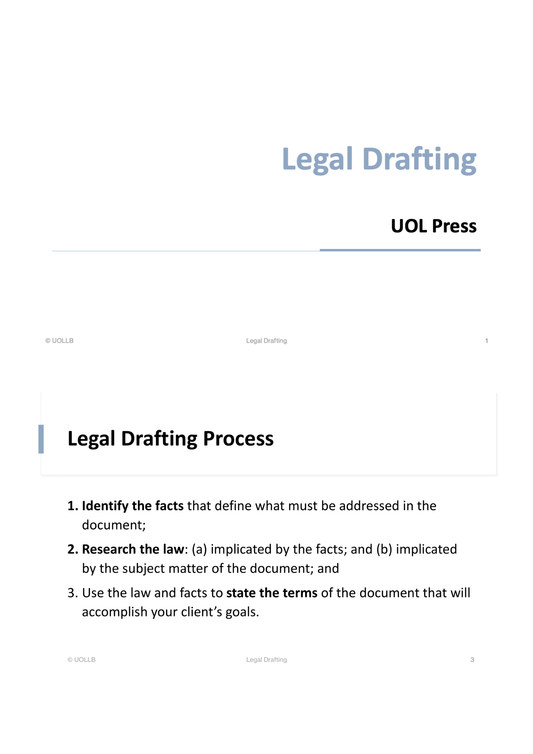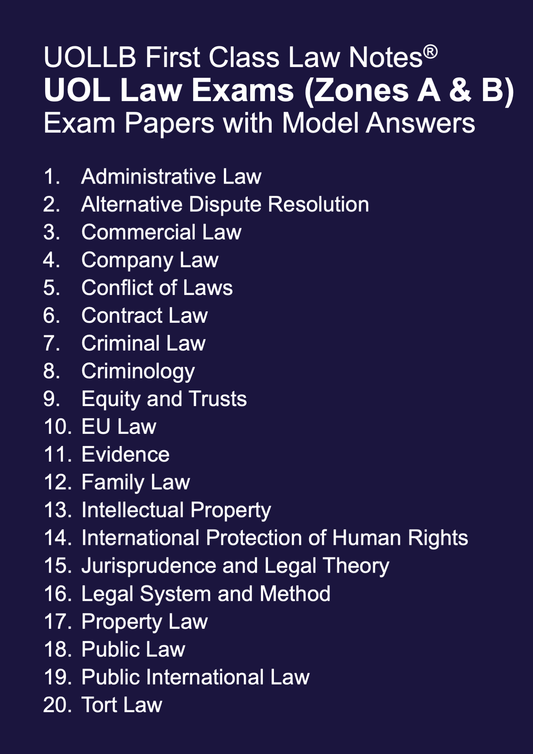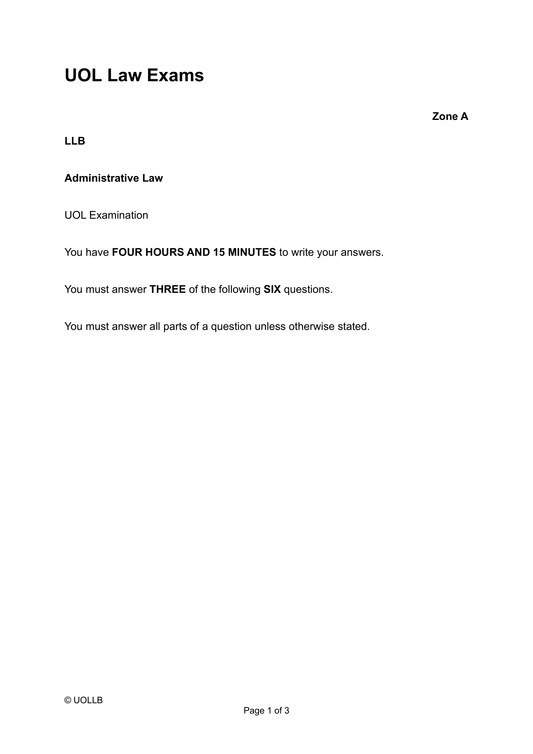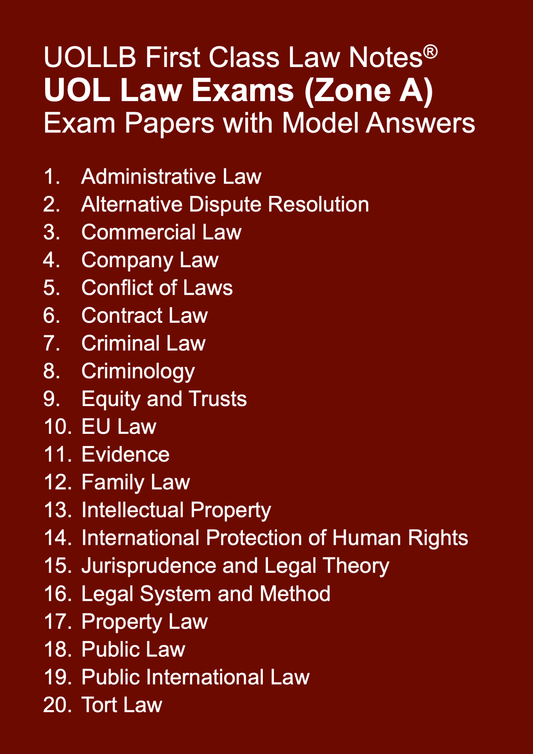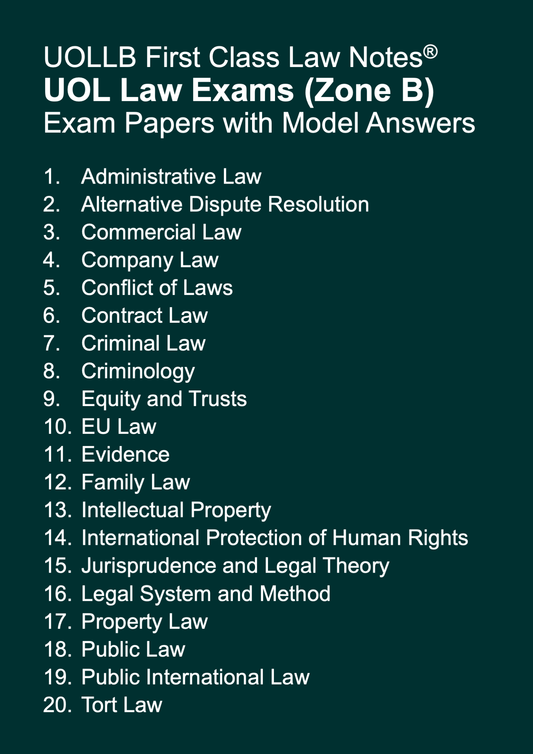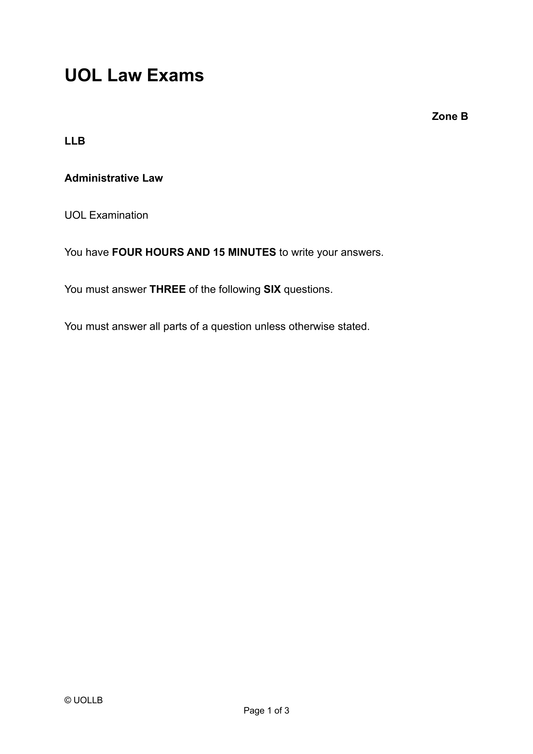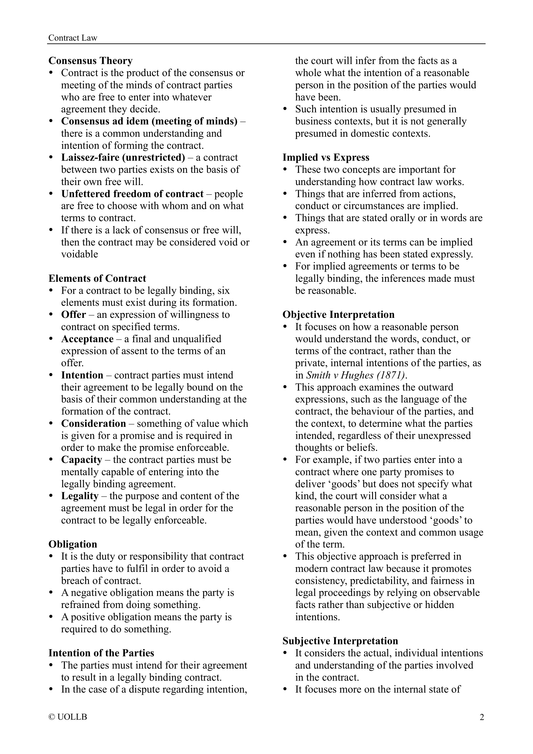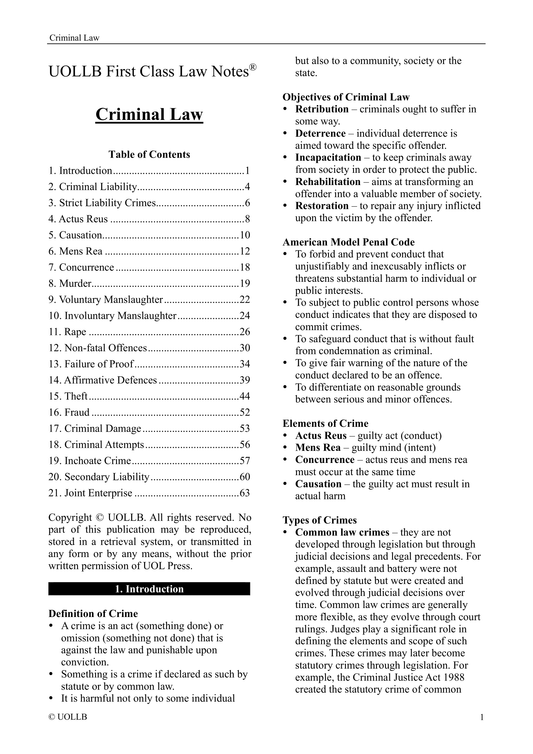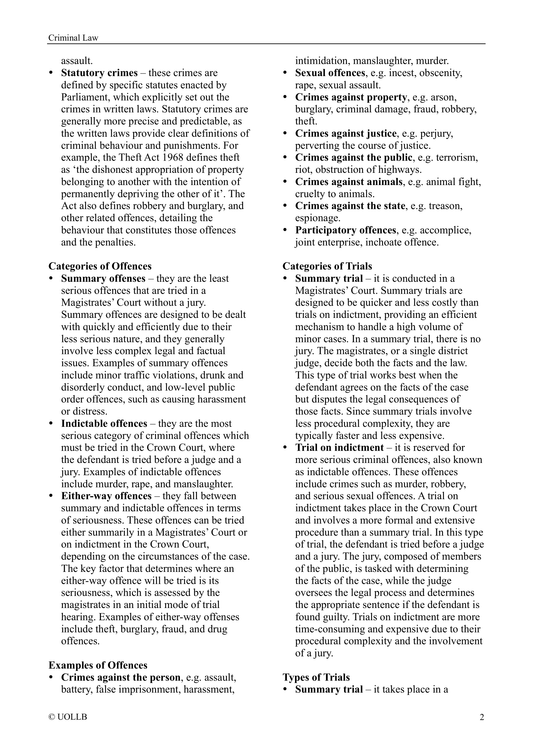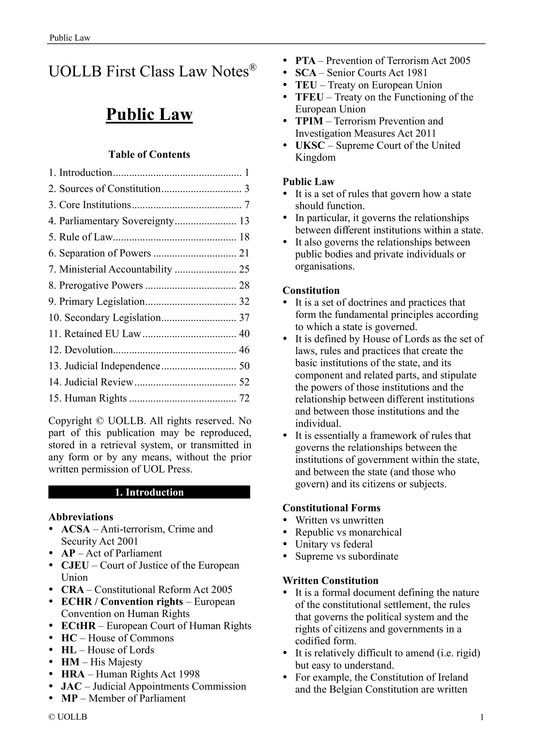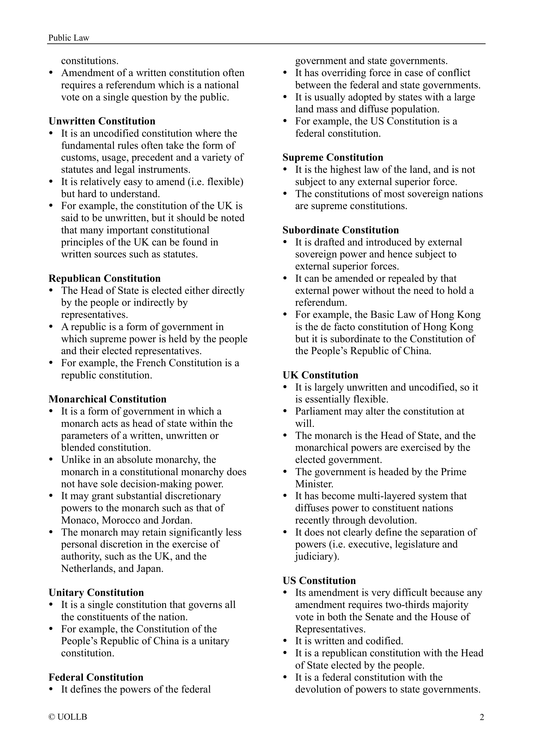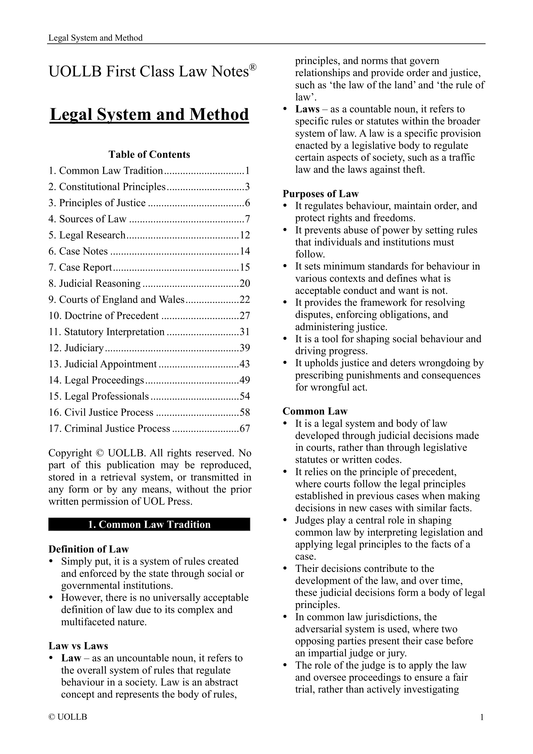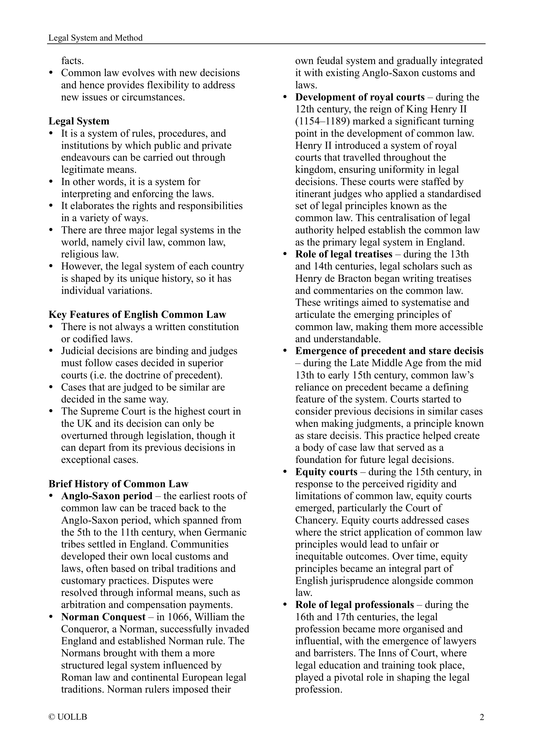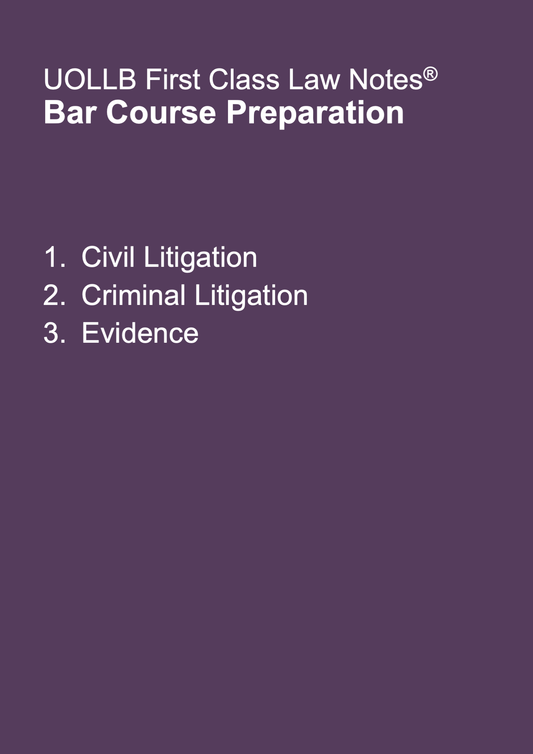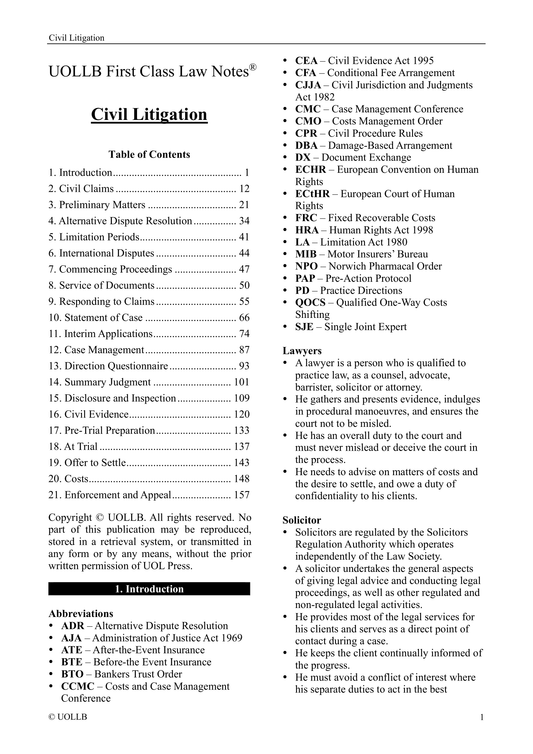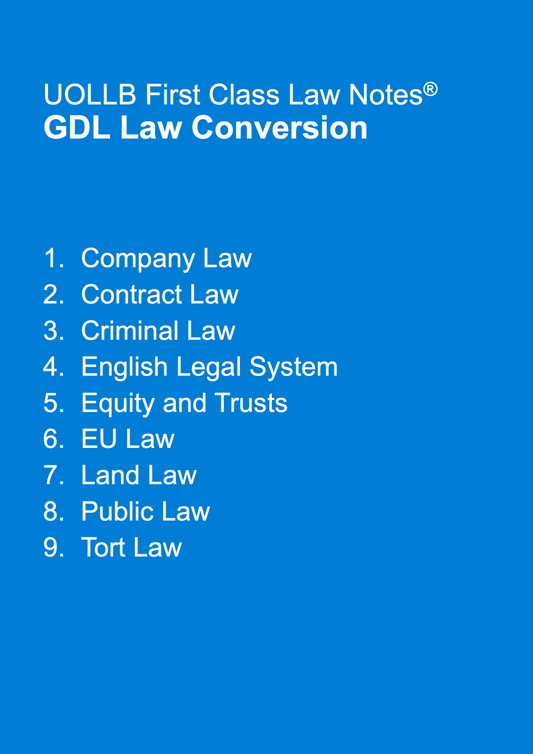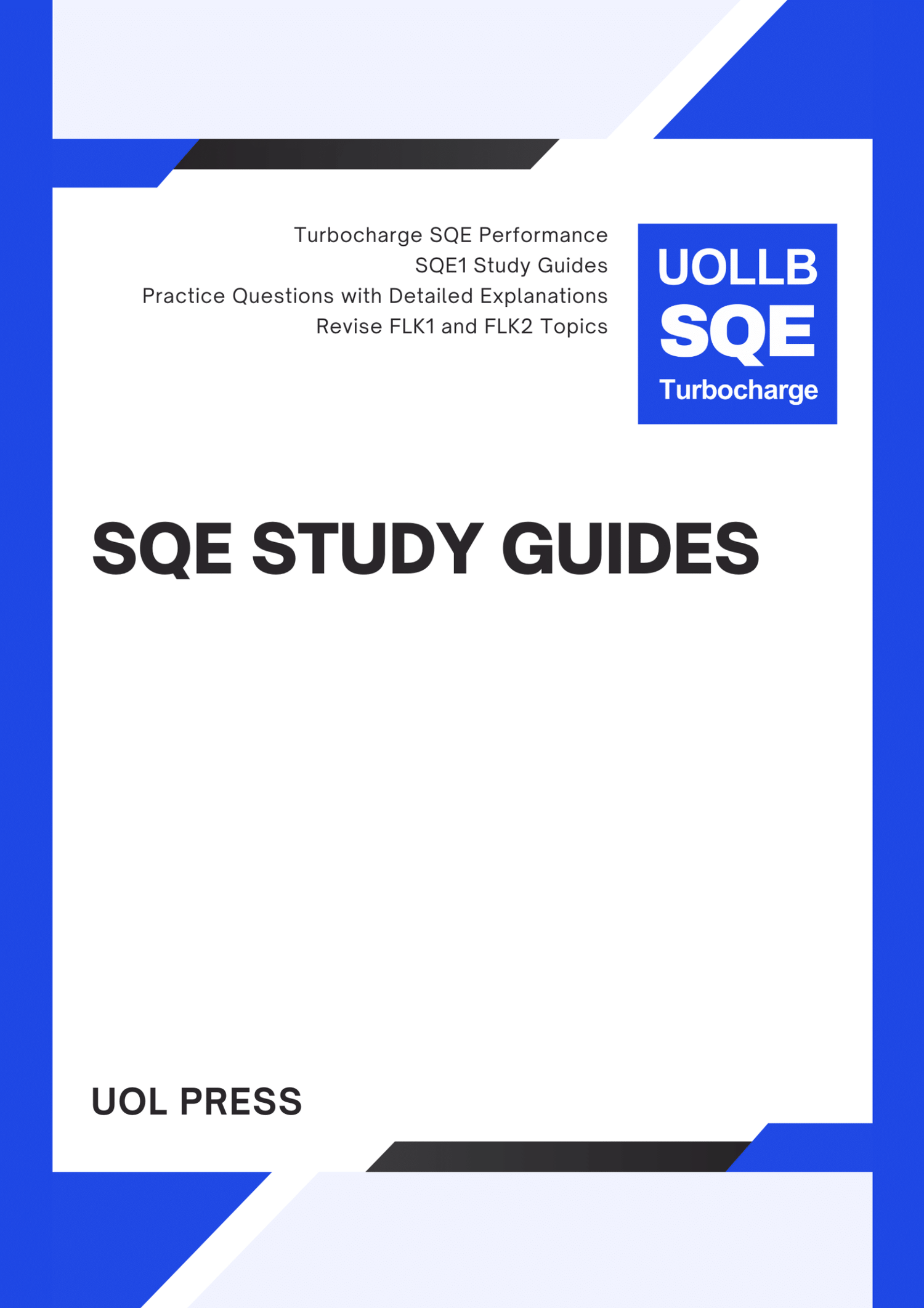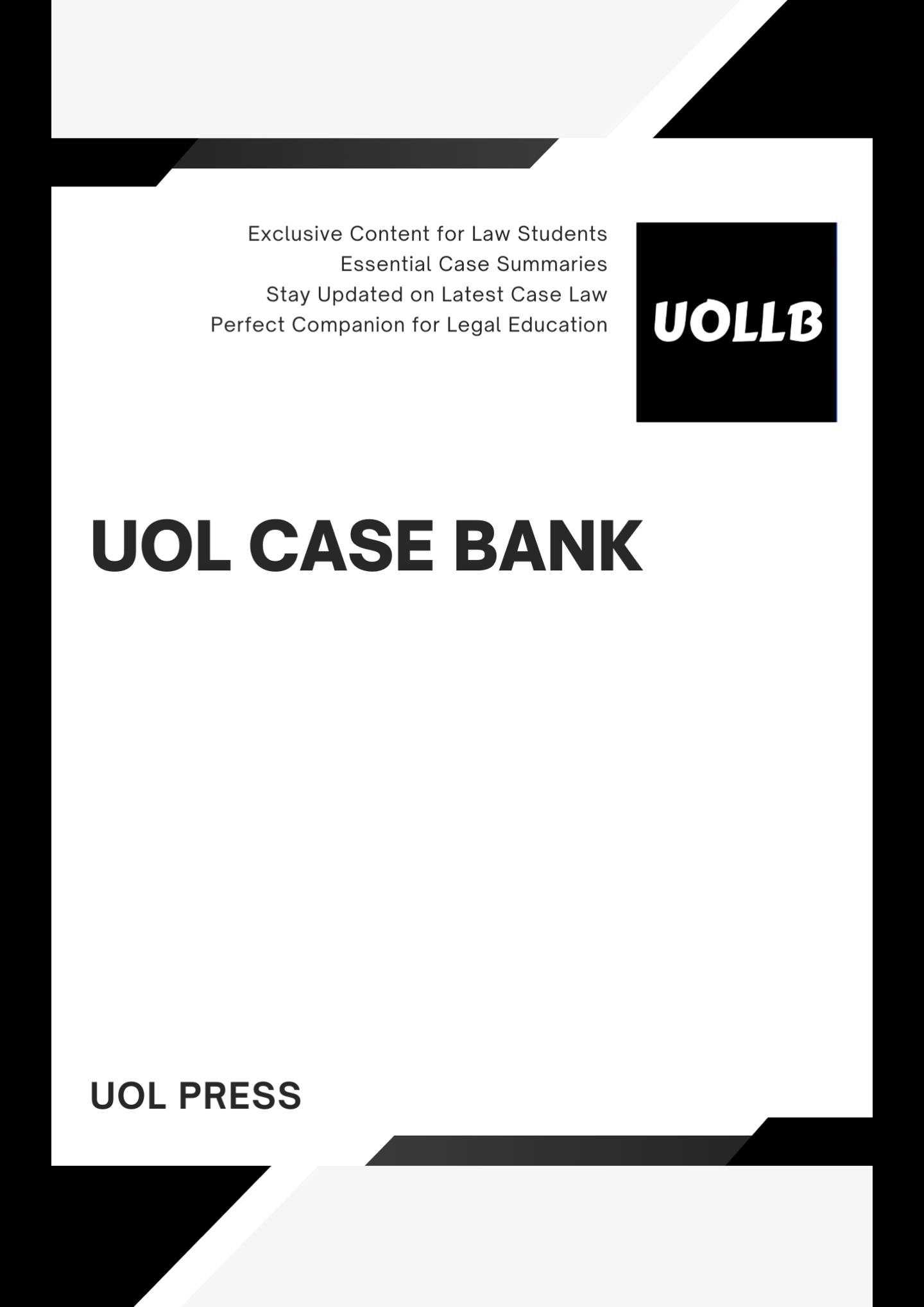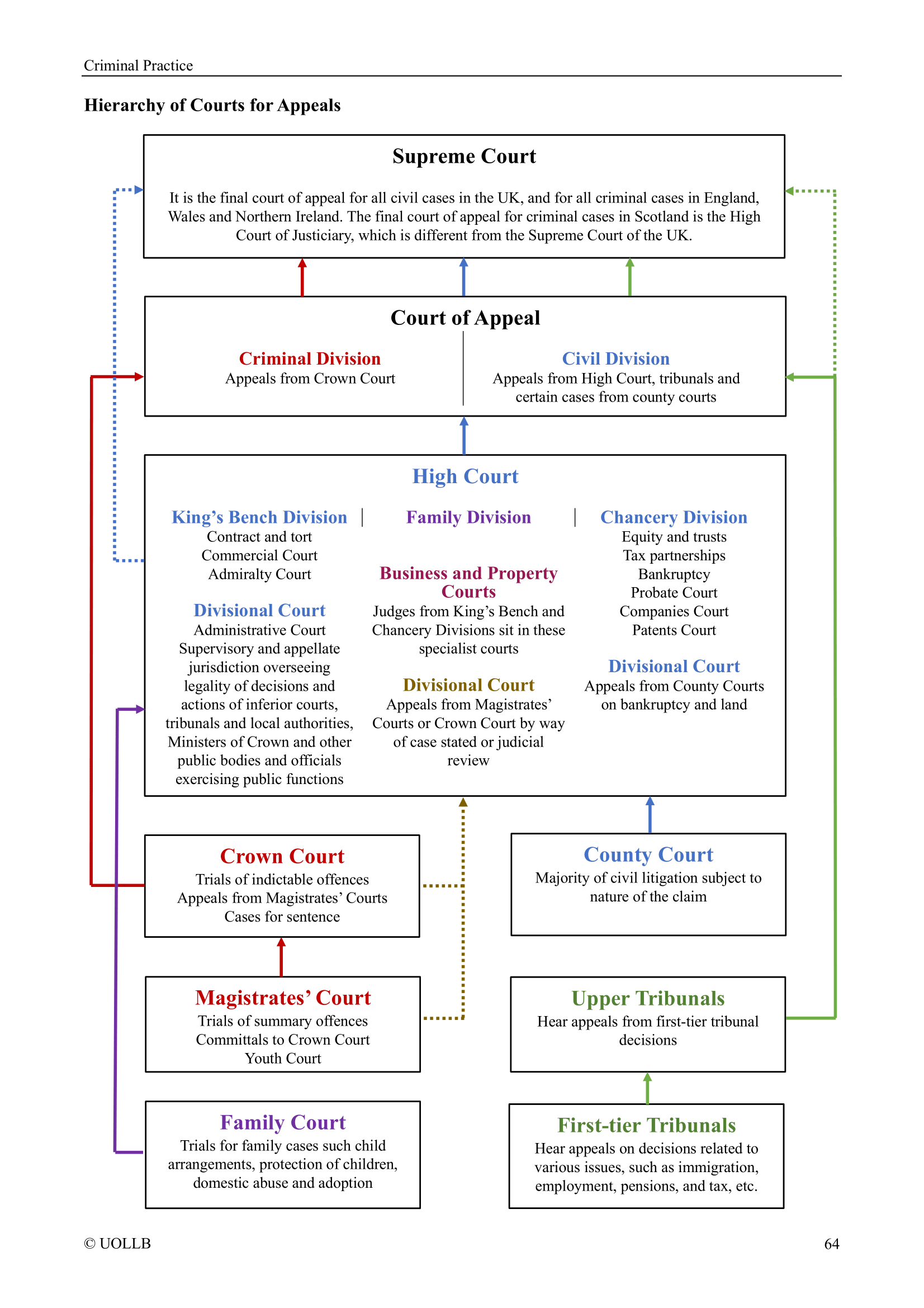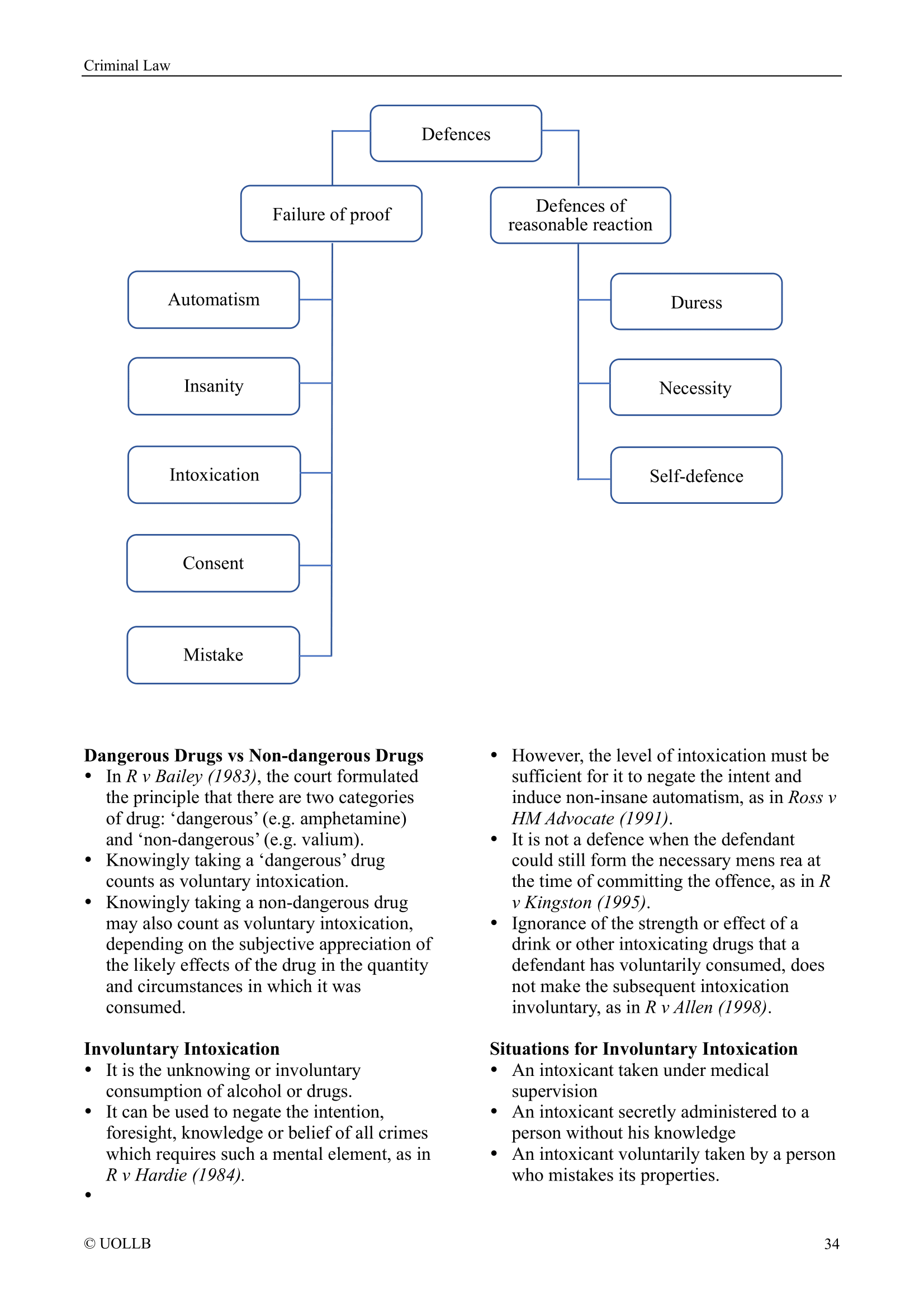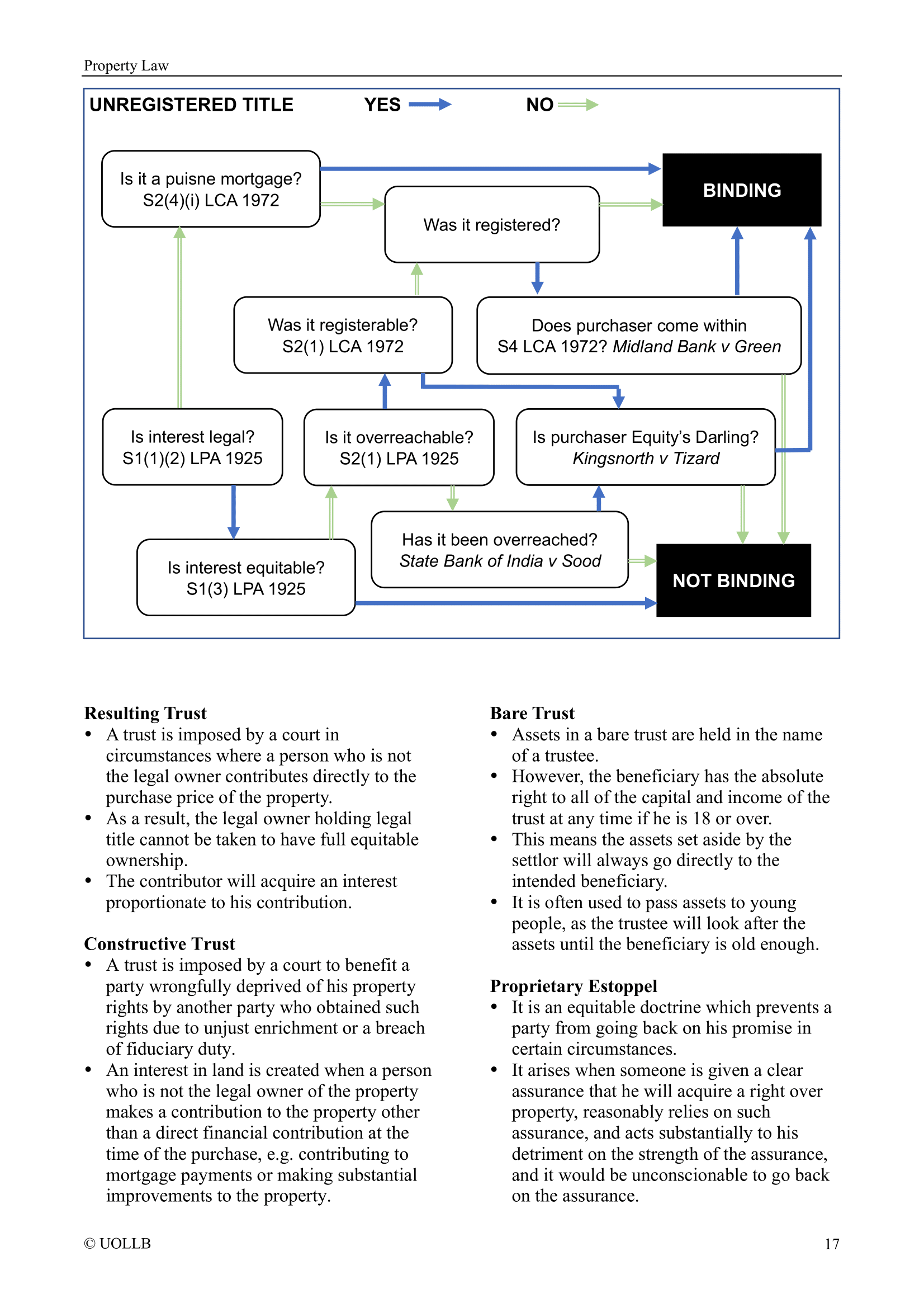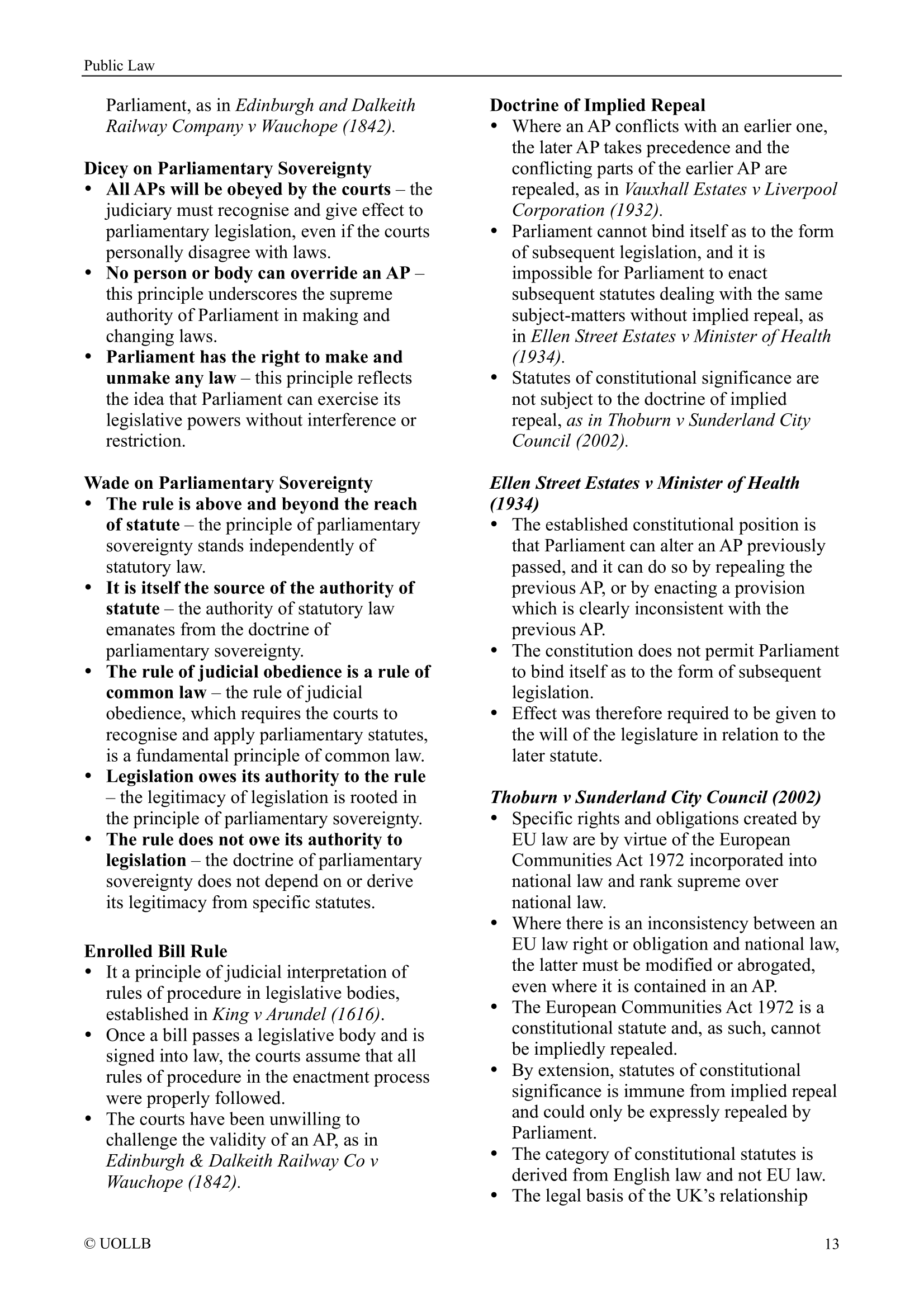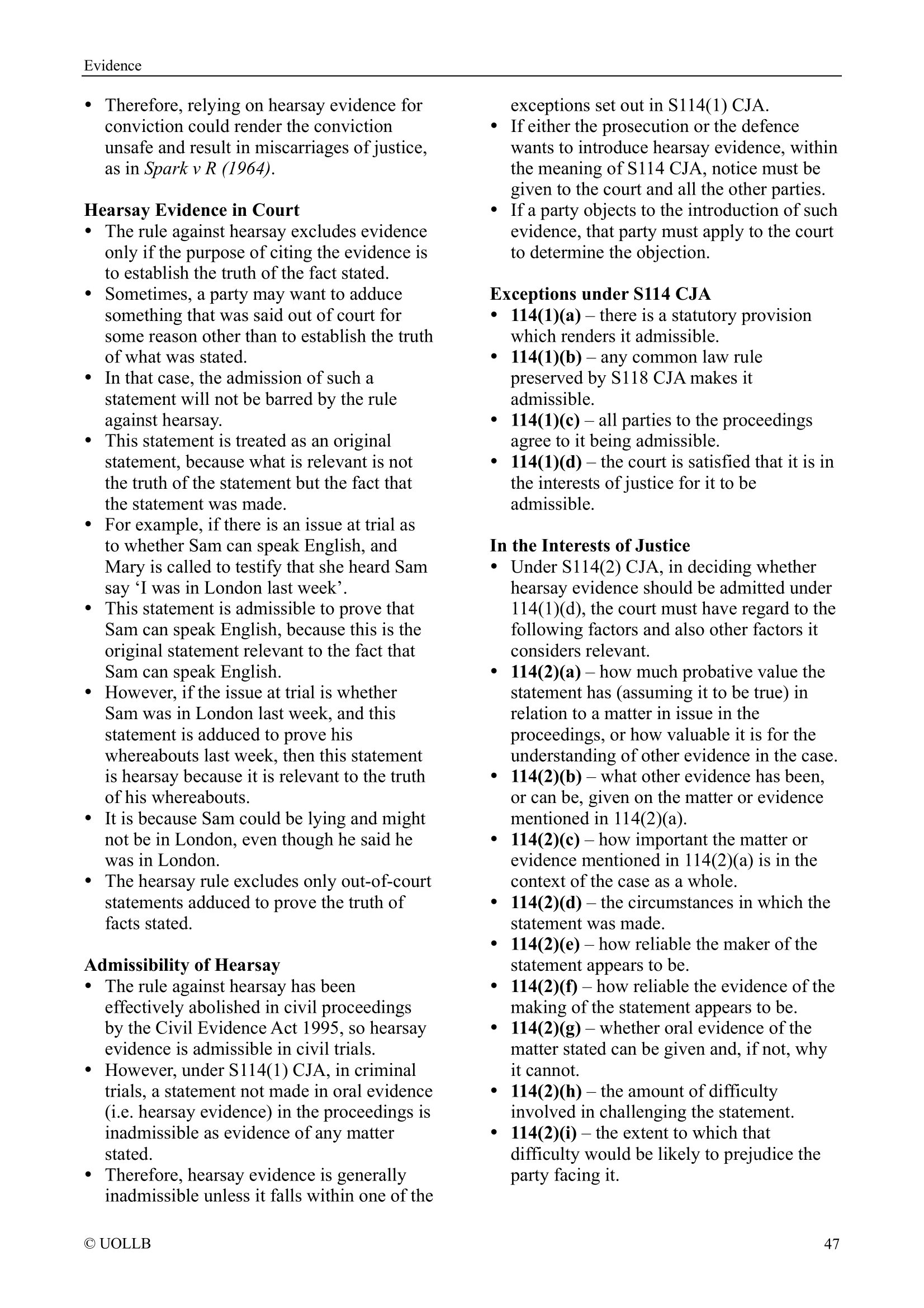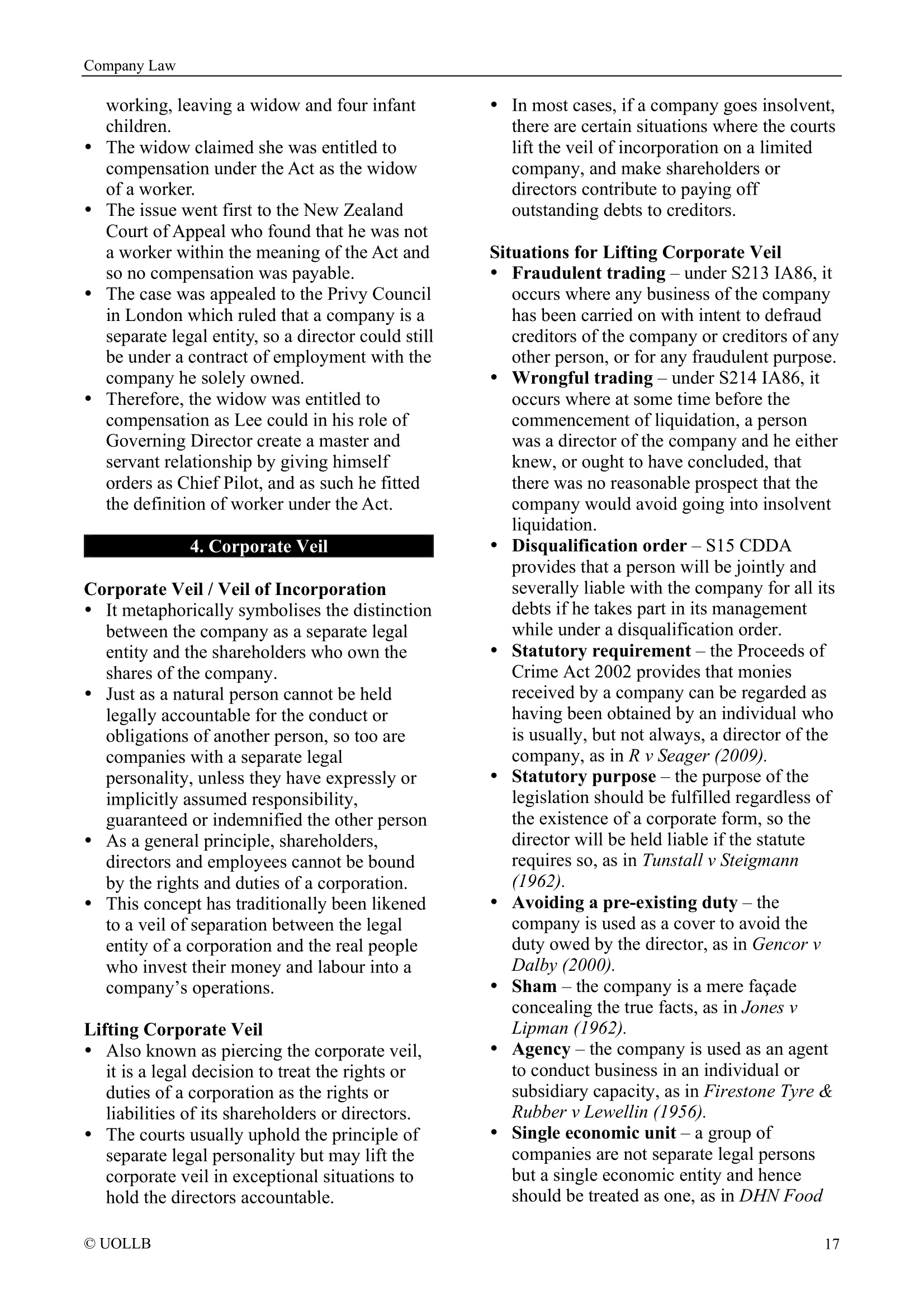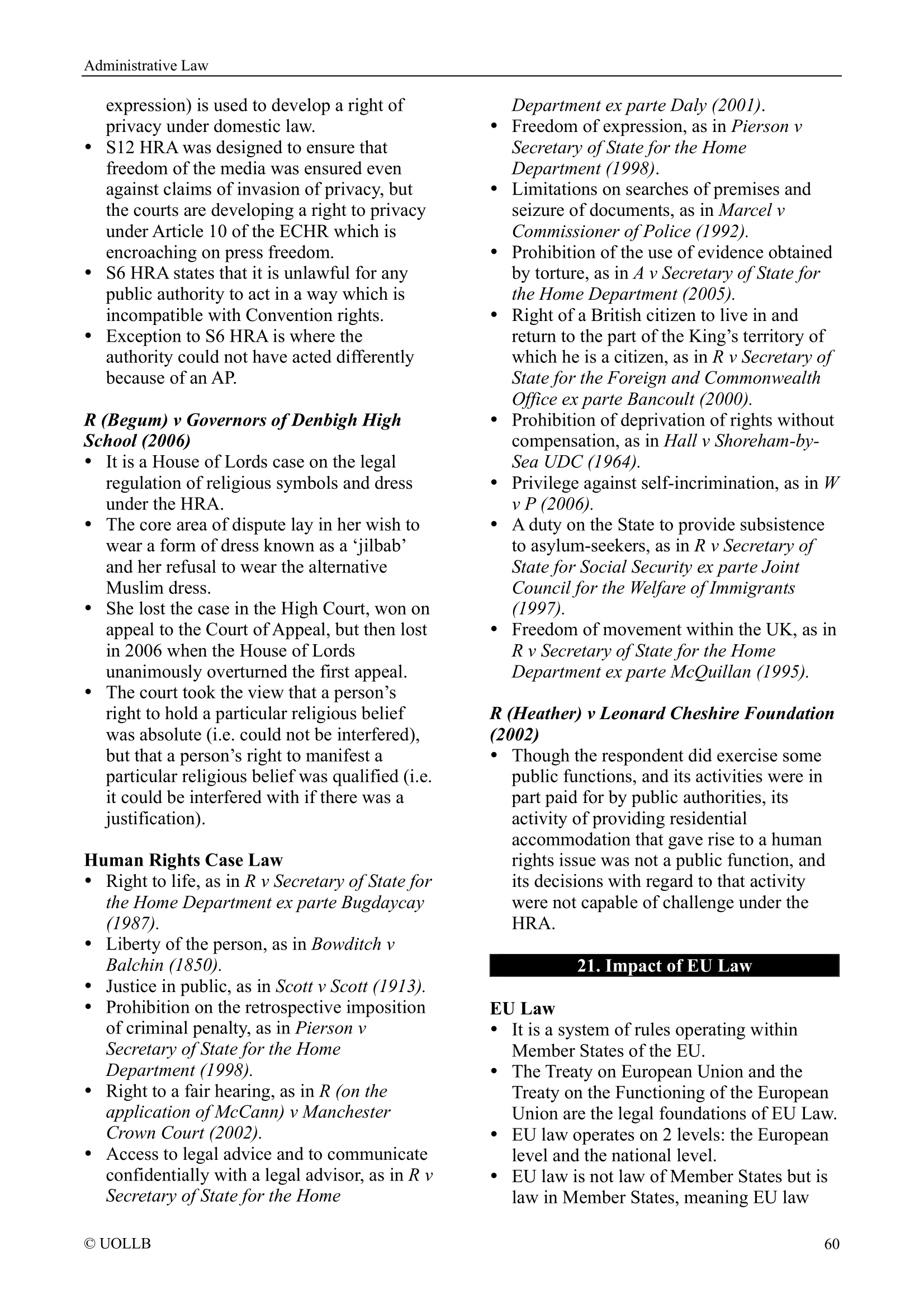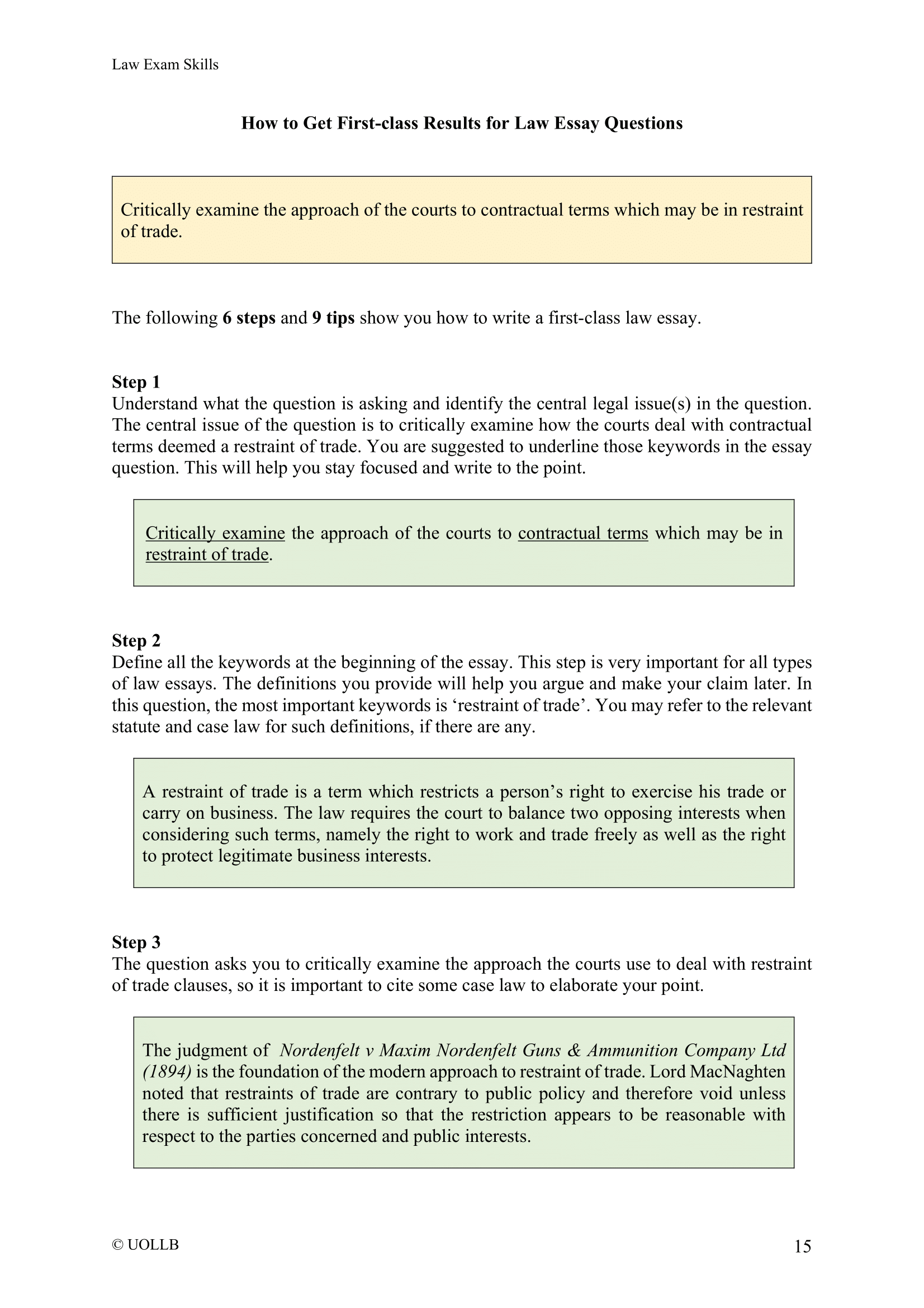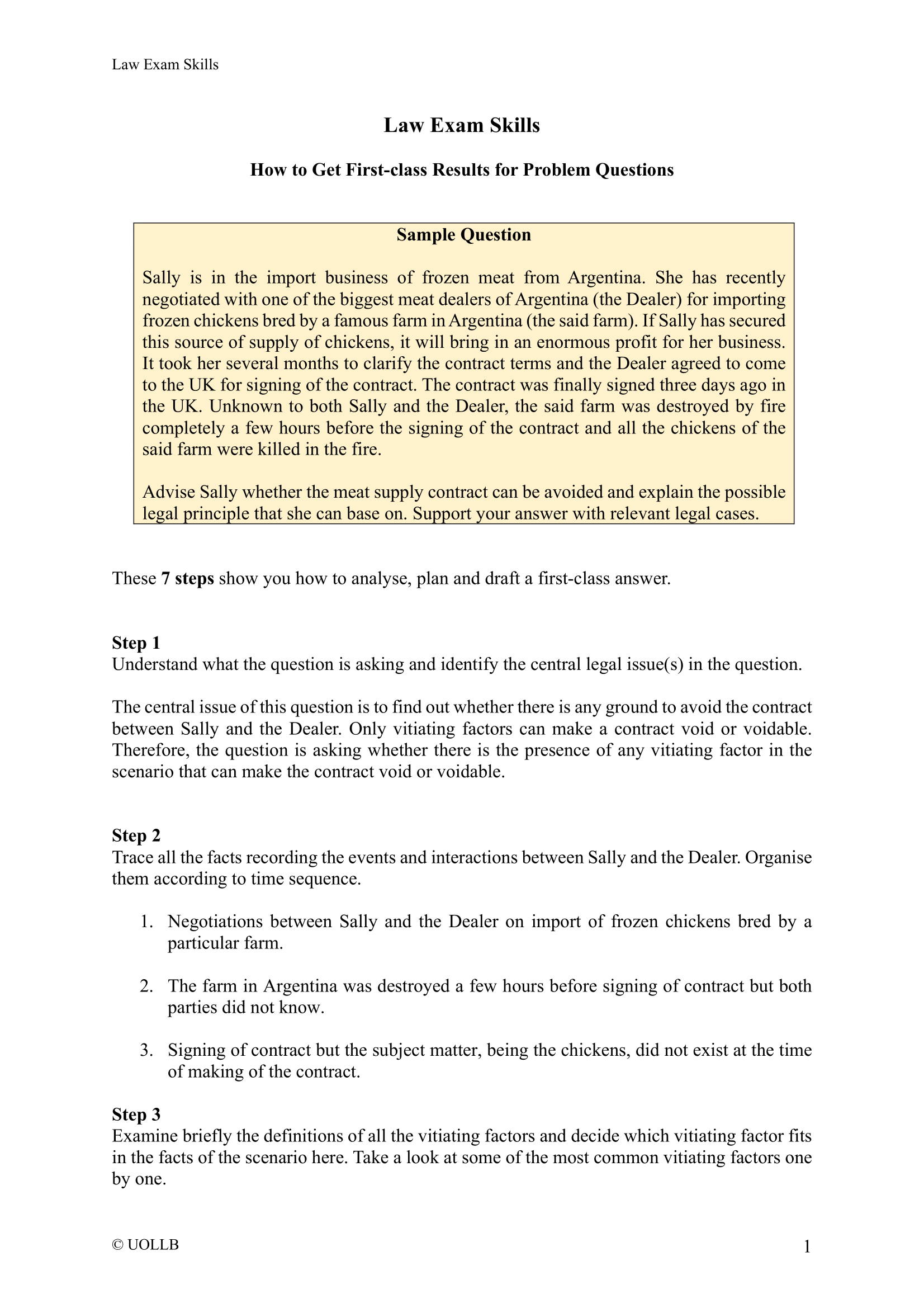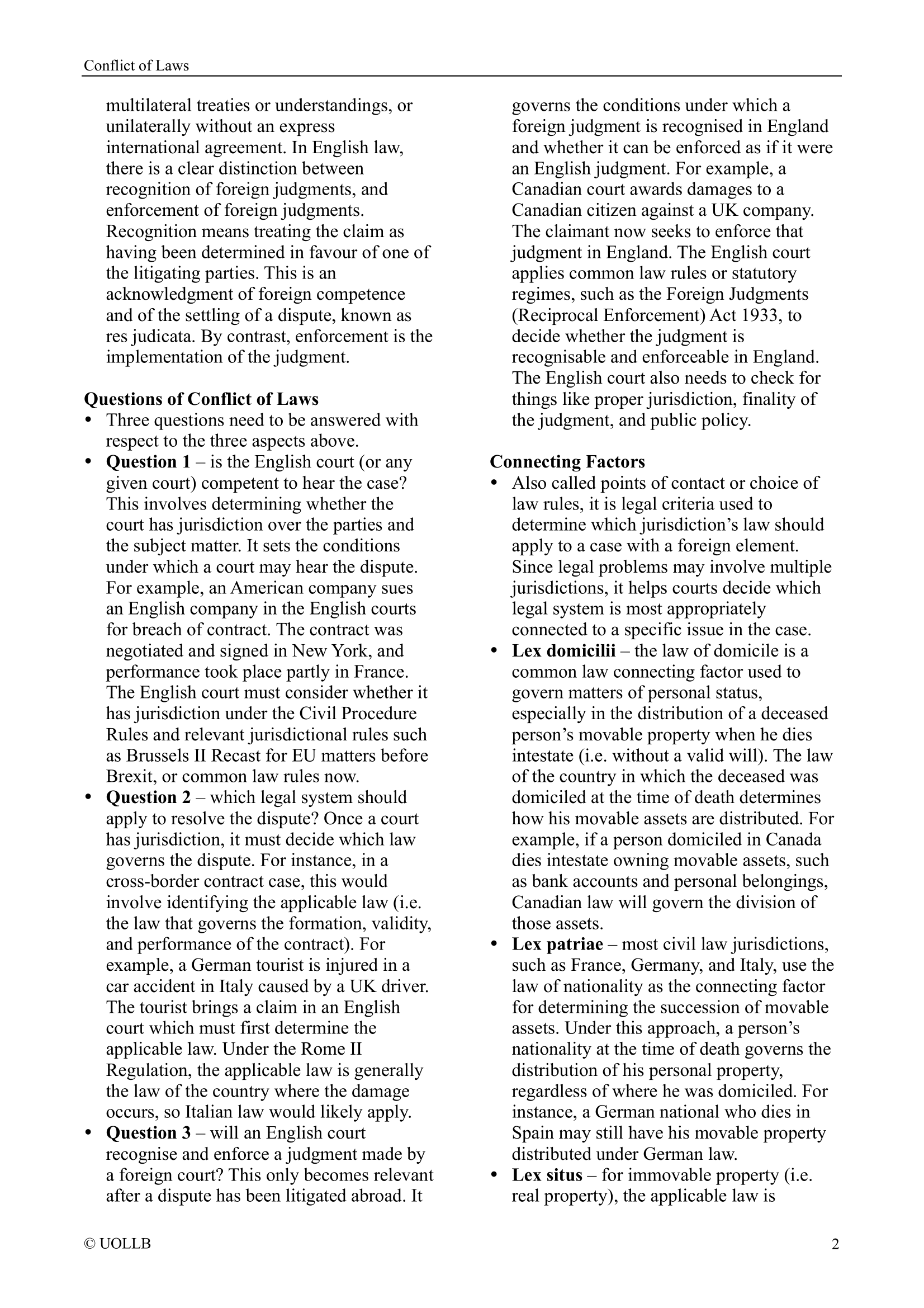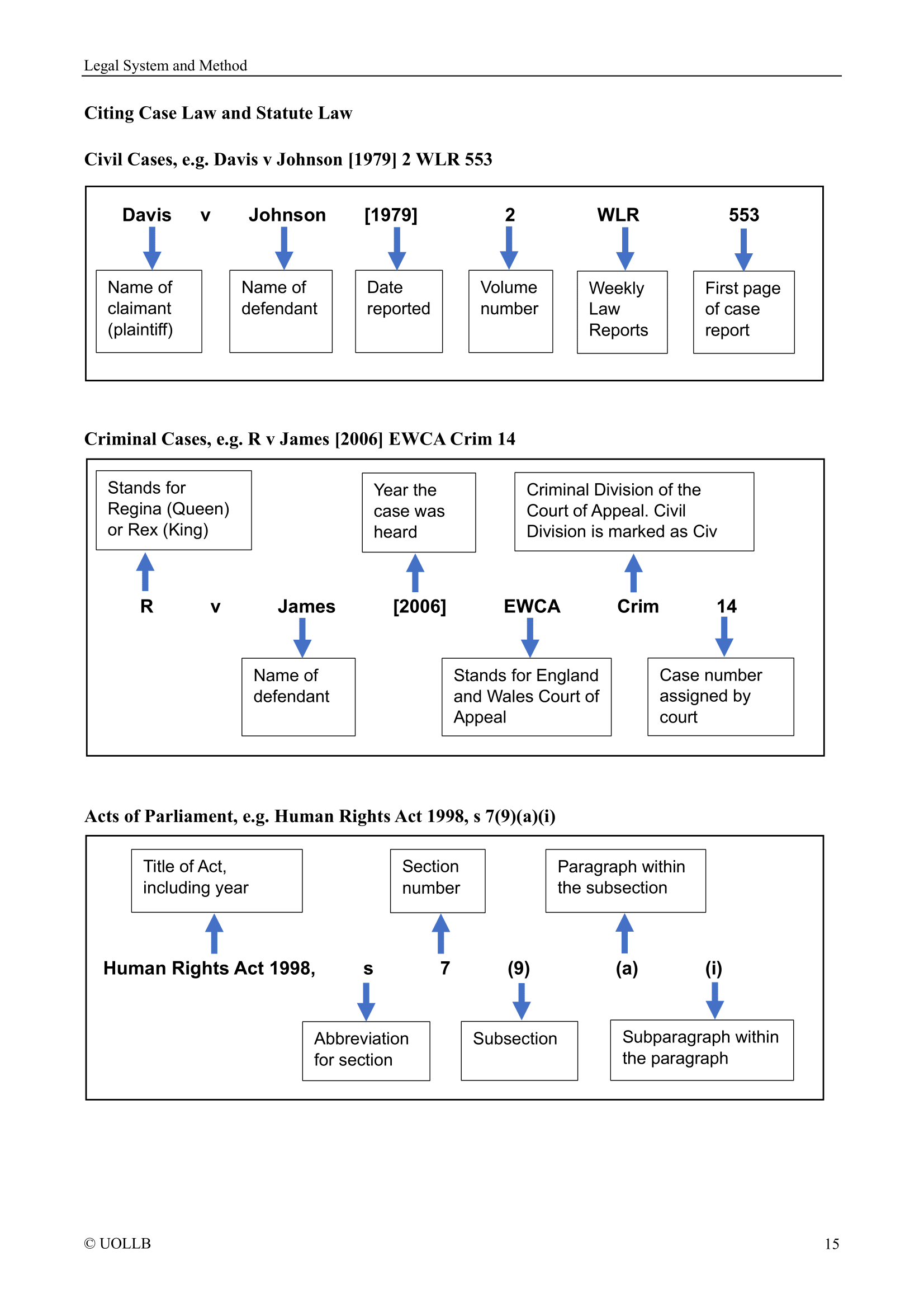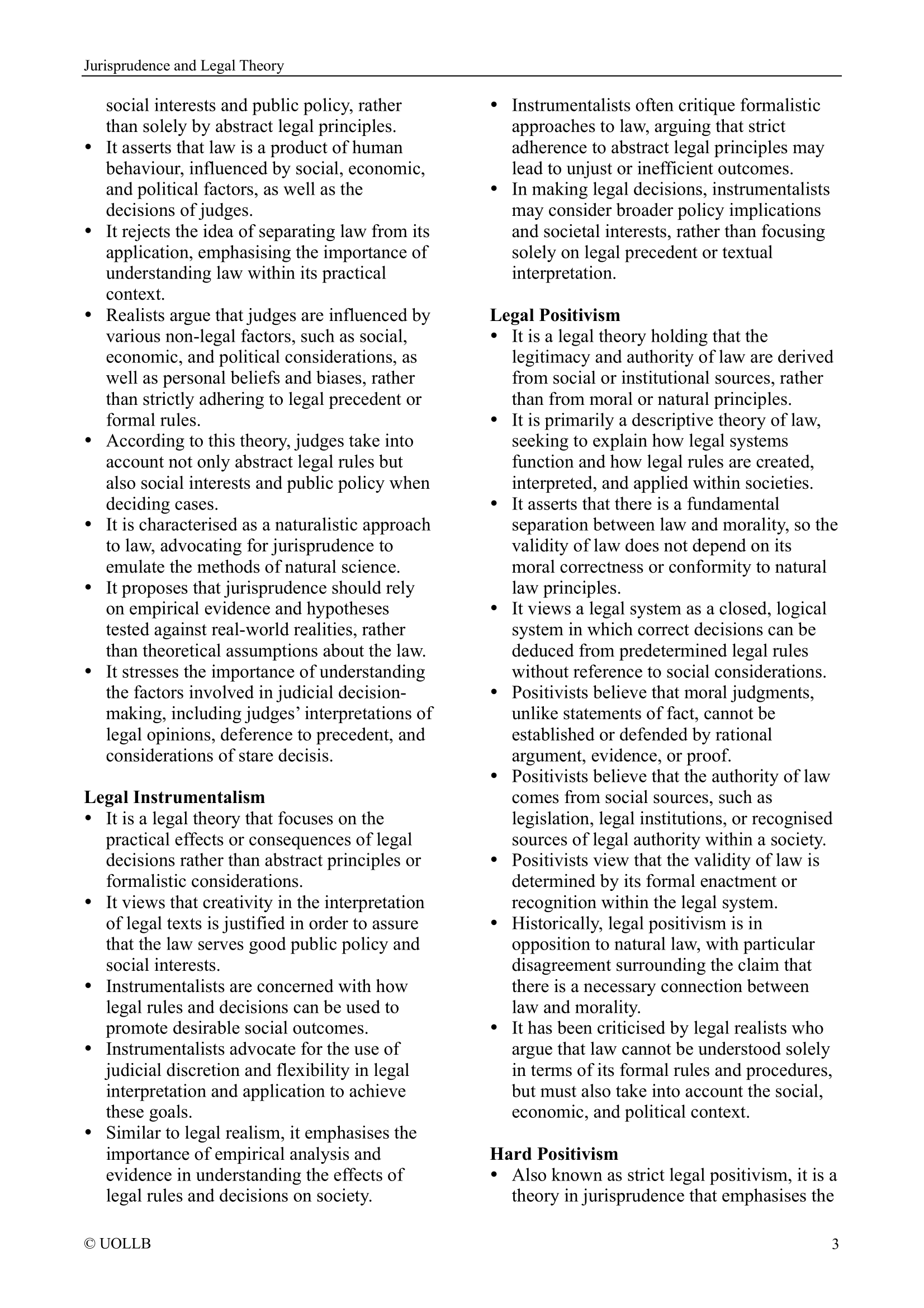Baird Textile Holdings Ltd v Marks & Spencer [2001]
Share
Baird Textile Holdings Ltd v Marks & Spencer [2001] EWCA Civ 274 revolves around the application of promissory estoppel in the context of a long-standing commercial relationship between Baird Textile Holdings Ltd and Marks & Spencer.
Baird Textile had been a supplier of garments to Marks & Spence for an extensive period of 30 years without a formal written agreement. Marks & Spence gave notice that they would cease purchasing garments from Baird Textile at the end of the season. In response, Baird Textile sued Marks & Spence on two alternate grounds: (1) alleging that Marks & Spence was in breach of an implied contract requiring a longer notice period, and (2) even in the absence of a contract, arguing that Marks & Spence was estopped from terminating the relationship abruptly, citing the precedent set by Walton Stores v Maher [1988].
The court rejected both grounds of Baird Textile's argument, leading to the failure of the claim. Mance LJ, delivering the judgment, emphasised the need to distinguish between different types of estoppels. He also emphasised the importance of keeping different estoppels distinct and adhering to precedent regarding their scope. The flexibility of the estoppel doctrine allows it to take different shapes based on the specific context and legal field.
Mance LJ clarified that while proprietary estoppel is a cause of action, it is limited to specific circumstances, particularly those involving an interest in land. Mance LJ highlighted that promissory estoppel is not a standalone cause of action. Instead, it can assist in bringing about a cause of action, as outlined in Amalgamated Investments by Brandon LJ. Both estoppels—promissory and conventional—require a pre-existing contractual relationship between the parties. Mance LJ argued that this requirement is not bypassed by limiting relief to reliance loss.
In conclusion, the court held that while promissory estoppel is not a cause of action by itself, it may play a supporting role in the context of an existing contractual relationship, as outlined in the judgment of Brandon LJ in Amalgamated Investments. The case underscores the importance of distinguishing between different estoppels and adhering to established legal principles in their application.
